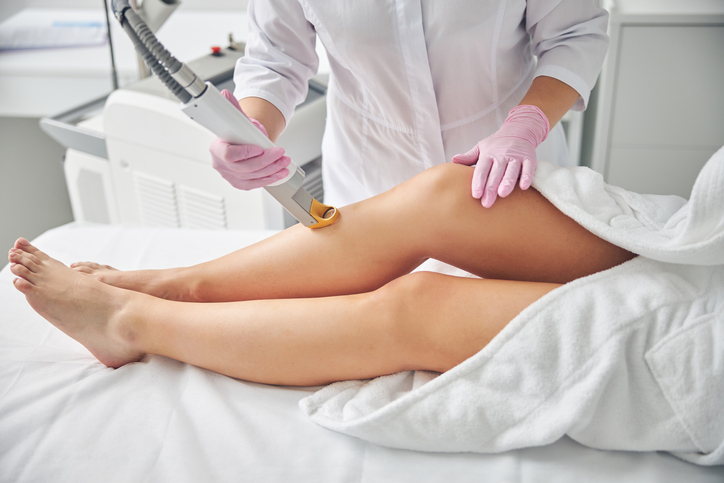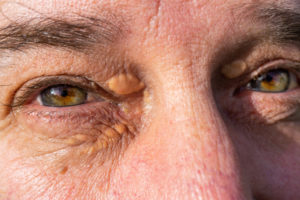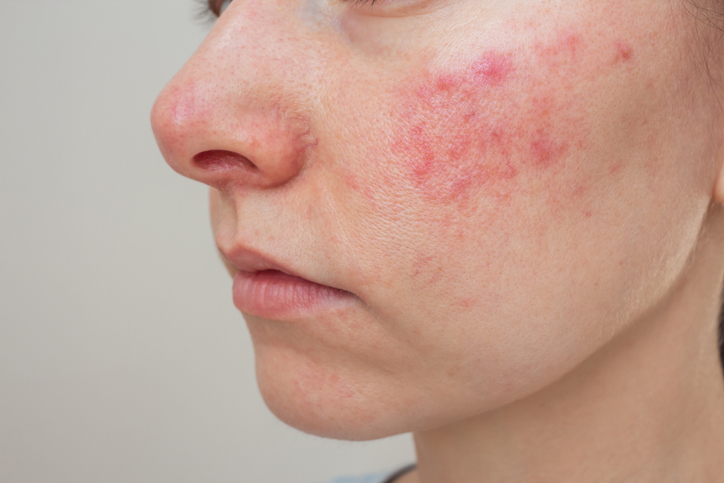
The evolution of intense pulsed light
Intense pulsed light (IPL) has become a staple in beauty salons and dermatology clinics. Learn how it works for hair removal, acne management, and more.
Dr Michael Rich is a specialist dermatologist who has been performing tumescent liposuction for over 30 years. Find out if Liposuction is suitable for you at ENRICH Clinic.
At ENRICH Clinic, we have a wide range of dermatological and cosmetic body treatments tailored to individual body and patient needs.
At ENRICH Clinic, our treatments are performed by our medical team consisting of doctors, nurses, and dermatologists and are tailored to each patient’s skin health needs.
ENRICH Clinic is committed to your skin health and well-being with a range of dermatological & cosmetic treatments tailored to the individual. Our treatments are performed by our medical team consisting of doctors, nurses, and dermatologists.
Skin health is essential for everyone. ENRICH Clinic has a wide range of technologies and dermatological solutions to help you achieve your skin care goals.
Have you noticed a yellowish growth on or near the corners of your eyelids, particularly close to your nose? If so, you might be dealing with a condition known as xanthelasma. While this is common, it can indicate underlying health conditions.
Below, we’ll explain xanthelasma, its causes and the most effective treatment options.

Xanthelasma, medically referred to as xanthelasma palpebrarum, is a condition characterised by the development of benign, yellowish growths on the skin. These growths are typically soft, flat or slightly raised and appear as plaques or patches.
They are most commonly found on the upper or lower eyelids, particularly near the inner corner of the eye. They are often symmetrical and can grow over time, both in size and thickness, that they can cover a significant portion of the eyelid.
Xanthelasma is more common in middle-aged and older individuals of Asian and Mediterranean descent, with a higher prevalence in women than in men. It is also more frequently observed in people with certain health conditions, such as hyperlipidemia, liver disease and diabetes.
While not painful, their appearance can be a cosmetic concern for many.
One of the genetic factors in the development of xanthelasma is inherited high cholesterol, a condition known medically as familial hypercholesterolemia. This genetic disorder affects how your body eliminates bad cholesterol, resulting in high low-density lipoprotein (LDL) cholesterol in your blood. This genetic predisposition makes you more susceptible to these cholesterol deposits.
If you regularly consume foods high in fats, cholesterol, and calories, you may be at a higher risk of developing xanthelasma. Such a diet can lead to increased LDL cholesterol levels, the type often associated with forming these cholesterol deposits.
Besides diet, a sedentary lifestyle is another significant factor contributing to the development of xanthelasma. Lack of regular physical activity can lead to weight gain and poor cholesterol metabolism, both risk factors for xanthelasma.
Interestingly, not all individuals with xanthelasma have high cholesterol levels. This observation has led some experts to believe that other factors, such as inflammation, might also contribute to the development of xanthelasma. Chronic inflammation in the body, regardless of cholesterol levels, can lead to changes in the skin and the formation of these characteristic plaques.
In general, xanthelasma plaques do not resolve on their own. Once formed, these cholesterol deposits remain or may grow in size over time unless actively treated.
The choice of treatment for xanthelasma often depends on the size and location of the plaques and your overall health and preferences. Each method has its side effects, which your doctor will discuss.
Here’s what you can expect:
Surgical excision has traditionally been a preferred method for treating xanthelasma because it yields excellent cosmetic outcomes. There are several techniques:
Chemical peeling with trichloroacetic acid (TCA) is another recognised treatment for xanthelasma.
TCA is used topically in concentrations ranging from 50% to 100%. The application process involves carefully smearing the TCA in a circular manner, ensuring the highest concentration at the lesion’s margins. After application, the treatment area is neutralised with sodium bicarbonate to halt the acid’s effect.
Laser ablation has emerged as an effective therapy for the treatment of xanthelasma. This technique uses lasers to precisely treat the affected areas by:
The thermal energy generated by the laser destroys the foam cells around blood vessels. These cells are typically laden with lipids and contribute to the formation of xanthelasma. Then, the treatment coagulates the blood vessels in the dermis to block further leakage of lipids into the surrounding tissue, which is crucial in preventing the recurrence of xanthelasma.
There are different techniques your dermatologist can use:
At ENRICH Clinic, we use the Erbium laser for xanthelasma treatment.
Radiofrequency (RF) ablation has been explored as another treatment option for xanthelasma. According to studies, RF ablation can be effective and may require fewer treatment sessions compared to chemical peeling.
But, it is associated with a higher rate of complications, such as scarring and pigmentation, compared to TCA treatment.
While xanthelasma itself is not harmful, its presence–as previously mentioned–can be a sign of underlying health issues, mainly related to cholesterol and lipid metabolism. So preventing it often involves overall health and lifestyle changes, such as:

Since high cholesterol levels are closely linked with the development of xanthelasma, managing these levels is crucial. You can achieve this through:
Lifestyle choices significantly prevent xanthelasma. Regular physical activity to maintain a healthy weight and improve cholesterol metabolism is one. Another is avoiding smoking, which can exacerbate cholesterol-related issues.
Regular check-ups with a healthcare provider can help in early detection and management of conditions that might lead to xanthelasma, such as hyperlipidemia, liver diseases and thyroid disorders.
If you have conditions like diabetes, liver disease, or thyroid issues, managing these effectively is another solution to preventing xanthelasma.
If you are concerned about xanthelasma and looking for treatment options, we can create a treatment plan for you. Contact us today.
*With all surgeries or procedures, there are risks. Consult your physician (GP) before undertaking any surgical or cosmetic procedure. Please read the consent forms carefully and be informed about every aspect of your treatment. Surgeries such as liposuction have a mandatory seven-day cooling-off period to give patients adequate time to be sure of their surgery choice. Results may also vary from person to person due to many factors, including the individual’s genetics, diet and exercise. Before and after photos are only relevant to the patient in the photo and do not necessarily reflect the results other patients may experience. Ask questions. Our team of dermatologists, doctors and nurses are here to help you with any of your queries. This page is not advice and is intended to be informational only. We endeavour to keep all our information up to date; however, this site is intended as a guide and not a definitive information portal or in any way constitutes medical advice.
"*" indicates required fields
Combining Dr Rich’s dermatological skill with his knowledge of restorative skin regimes and treatments, the ENRICH range is formulated to help maintain and complement your skin. Our signature Vitamin C Day & Night creams are now joined by a Vit A, B,&C Serum and a B5 Hyaluronic Gel, both with hydration properties and much, much more.

Intense pulsed light (IPL) has become a staple in beauty salons and dermatology clinics. Learn how it works for hair removal, acne management, and more.

Worried you have eczema, dermatitis, or psoriasis? We talk symptoms, causes, triggers, and treatments for these common causes of itchy skin.

Research has shown that snoring can be reduced by up to 60% after two or three treatments with ENRICH Clinic’s high-tech target lasers designed to tighten the soft palate and stop snoring.

Suddenly dealing with itchy skin? We’ll talk about the common causes and how to find relief.
Subscribe to the ENRICH newsletter and receive latest news & updates from our team.
Enrich Clinic acknowledges the Traditional Lands of the Wurundjeri Woi Wurrung and Bunurong peoples of the East Kulin Nations on which we work and trade. We pay respect to their Elders past, present and emerging. We extend our acknowledgement and respect to the LGBTQIA+ community who we welcome and support. Read our full Acknowledgement Statement here
